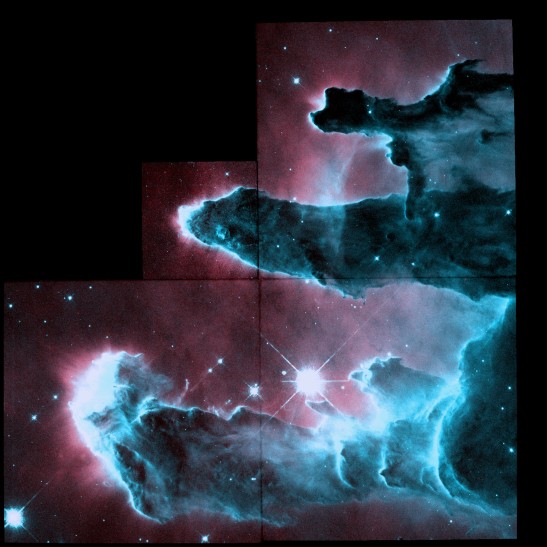Directed by Stanley Kubrik, 2001: A Space Odyssey is a suspenseful sci-fi movie about the contact between humans and extraterrestrial life. Although no form of poor CGI or foam-rubber suit are used to represent the aliens, a black monolithic object is used to represent the extraterrestrial life.
DIvided into four distinct sections, the film begins by showing the purpose of the monoliths, as a group of early primates are influenced by it’s presence. From there, the movie skips forward to modern times, wherein a business type man must deal with the discovery of another monolith on the moon. The third sequence follows two astronauts onboard a ship to Jupiter, in search of a strange signal emanating from somewhere around the planet. Becoming the villain of the film, the ships ominous and monotone computer attempts to take the lives of the crew, only just being stopped in time by one of the scientists. The final act plays out in a way that can only be truly described as psychedelic, as the scientist from the last sequence, Dr. Bowman, is thrust through space and time, and forced to interact with future versions of himself.
Slow paced to the point of boredom sometimes, 2001: A Space Odyssey relies heavily upon its creeping and ominous soundtrack to illicit a reaction from the viewers. With symbolism apparent throughout, including a quick transition shot of a bone-tool being thrown in the air to a cylindrical space craft, the film is mesmerizing in its portrayal of man’s rise, and first contact with alien life.
Topped off with a long sequence of bright lights and moving colors, the visuals and special effects of the movie work beautifully, especially when put in context of when it was made. The soundtrack and place settings set the tone of the atmosphere, however, with every scene tense and seemingly endless.
As for the believability of the entire movie, very few things seem out of place, when put in context with the rest of the film. The space station and ships are plausible in how they present they’re inner workings, while the presence of the mechanical villain, the sinister HAL 9000, add a chilling sense of realism to the bulk of the film.
Personally, I believe the most interesting facet of the film is in how the extraterrestrial beings are portrayed. Or, actually, not portrayed. By using large, black stone monoliths as the only representation of the aliens, how they actually look is left up to the viewer. Besides that, the alien aren’t portrayed as evil or villains, but to better mankind, and expedite it’s evolution. In the most absent way possible, the aliens are responsible for the plot of the film without ever making an appearance on camera.





